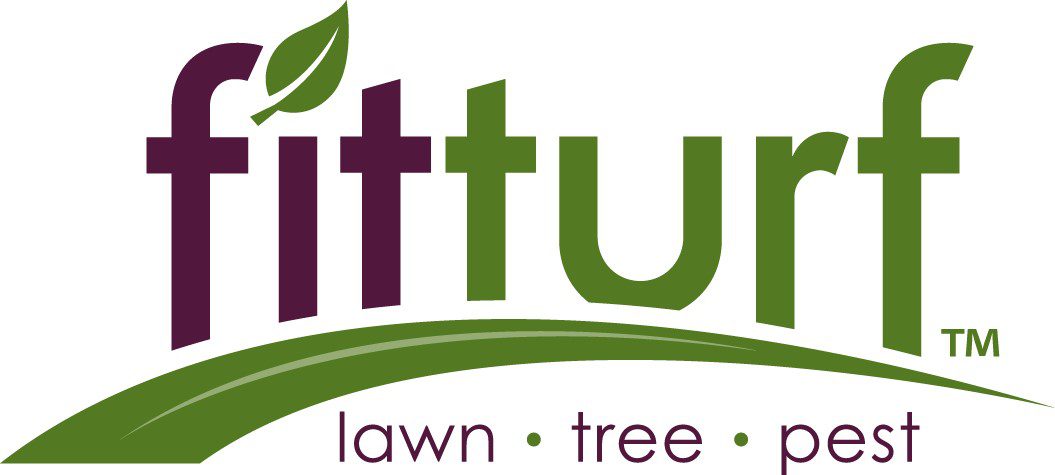5 Things You Should Do To Your Lawn in 2017

New Year, new lawn. Read about the 5 Things You Should do to Your Lawn This Year to get it looking the best and keeping it that way.
New Year, New Lawn – 5 Things You Should Do To Your Lawn This Year
The start of a new year is all about making resolutions and committing to making improvements in several areas of your life. In addition to vowing to get healthy, you can make 2017 the year you give your lawn the TLC it’s been lacking. Your lawn is like a frame that surrounds a painting. Imagine investing in a fine painting and framing it in a chipped, flimsy, tired-looking frame. That worn frame takes away from the beauty of the painting. The same is true of your lawn. If you surround your home with a dried out, patchy, grub-filled lawn, your curb appeal will take a huge hit. This year, bring out the best in your home, by following our tips on how to get a lawn that’s lush, green and impressive.
Aerate
Strong, healthy roots and a verdant lawn go hand-in-hand. When soil is compacted (by heavy foot or vehicle traffic), water and nutrients have a hard time reaching the roots. Aerating is the process of creating space in the soil so fertilizer, water and oxygen can better enter the soil and get to the roots. There are a range of aeration methods that encourage healthy lawn growth, one being core aeration. This is the process of mechanically removing small plugs of thatch and soil from the lawn. Regularly scheduled aeration is the best way to encourage healthy roots. Serving Denver and beyond, our experts can help your lawn with professional-grade aeration solutions.
Water
On average, grass needs about 1 inch of water per week. If Mother Nature isn’t doing her part, be sure to get out there and water it yourself. During the warm-weather months, it’s best to water early in the morning before the heat sets in (before 10 am). Water long enough to moisten the soil about six inches down to make sure water is getting to the roots.
Fertilize
Fertilizing your lawn is as important as taking your multivitamin. Feeding it four times a year is enough to keep it healthy enough to battle bouts of heat, cold, drought, heavy foot traffic and other stresses. Fertilize in early spring (February-April); late spring (April-June); summer (June-August); and fall (September-November).
Get the Grubs Out
Grubs are small, white C-shaped larvae of Japanese beetles, June beetles or masked chafer beetles. They are notorious for feeding on the roots of grass and are a pesky foe of many lawn owners. Most grub eggs hatch around July, so if you’re noticing brown, dead patches of lawn in August to October, these little creatures are the likely culprit. As with any infestation, it’s best to take care of it early. Getting to immature grubs (early to mid-summer) is the ideal time to eliminate grubs.
Let the Experts Handle It
The problem with making resolutions is that we typically don’t stick to them. Make sure you follow through on your resolution of improving your lawn (and keeping it that way) by hiring our team of lawn professionals. Our Greenskeeper Lawn Care Program is expertly tailored to deal with the particular weather patterns and conditions in the Metro-Detroit and Metro-Denver area and the surrounding cities.


